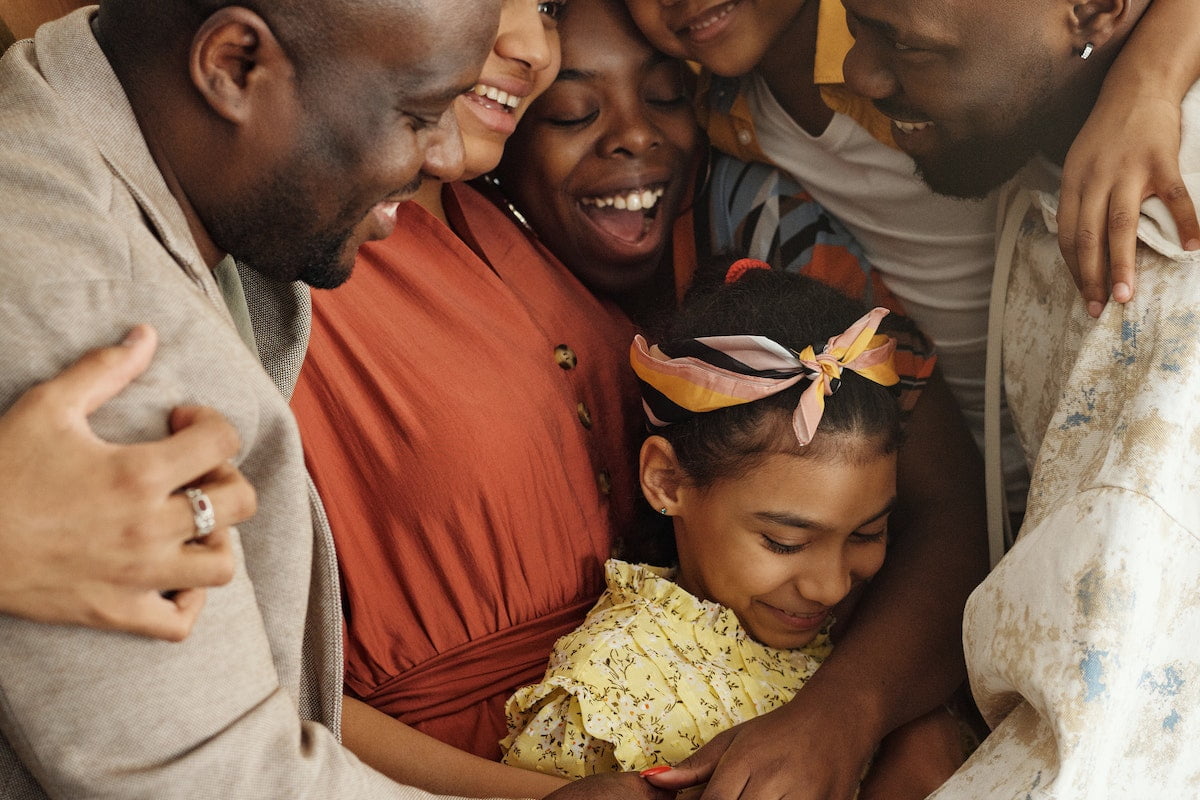Positive Parenting: All You Need To Know

Recent Posts

Teenage Rebellion: Understanding the Whys and Hows

Custody Agreements: Things to Consider

Preparing Teens for Adulthood: Financial Literacy & Life Skills
Positive parenting is a model that teaches love, empathy, and compassion to improve children’s behavioral development. The parents practicing this style focus on establishing a relationship with the children, instilling practices like guiding, leading, communicating, empowering, caring, and teaching.
The ultimate goal of positive parenting is to improve child outcomes. For this purpose, various approaches can be considered, such as giving parents more appropriate knowledge, information, skills, or capacity to be caregivers, or by enhancing parent-child interactions, parent outcomes like parent well-being, or family outcomes like family relationships.
Interestingly, 69% of parents think they would utilize more positive parenting practices if they were aware of them.
Positive parenting encourages children at their best behavior and motivates them to adopt it as a habit.
Children learn to realize they are loved, and their presence matters the most!
Positive parenting has improved child behavioral and developmental outcomes through enhanced parent engagement. The high level of speech and play interactions between children and parents offers quicker and better motor and language development, as well as an improved attachment.
According to psychologists, encouraging positive parenting can boost kids’ self-esteem and give them the skills they need to make wise decisions. Also, it fosters their sense of self-worth, creativity, optimism, and interpersonal skills.
This parenting approach fosters discipline and compassion, inculcated into the following three F’s.
- Firm
- Fair
- Friendly
Parents need to recurrently stick to these elements and implement them in their relationships with their young ones.
5 Positive Parenting Skills
Positive parenting does not require parents to learn an entirely new skill set, nor does it have to be a hassle on their end. It is a mindset shift that requires them to be more considerate toward the child’s emotional well-being. To practice positive parenting, parents need to keep the following in mind.
1. Encouragement
Studies have shown that positive encouragement improves children’s behavior. In an environment where they are supported, children become more self-motivated and proud of who they are, with less worry about what others think of them. Children consider parents their role models and like to be encouraged by them.
Catching the child while doing something good and acknowledging it openly, expressing appraisal for the excellent behavior, and acknowledging their efforts, resilience, and successes considering their age group, can be a significant game changer when it comes to an impactful parenting approach.
However, the encouragement must be honest and not unrealistic, as unrealistic appraisals can often lead to confusion in the kids.
2. Responsiveness
A healthy parent-child connection requires parents to be responsive to their children’s needs. Better cognitive outcomes can be observed in children with parents practicing responsive behaviors. Studies have shown that children experiencing responsive parenting are less likely to encounter inflammation, toxic stress, and chronic diseases.
Responsive parenting aims to foster a sense of safety, trust, and protection for children and a strong emotional attachment.
3. Interaction
Kids want parents to be emotionally and physically involved and expect uninterrupted interaction.
Showing interest in their activities and enjoying things with them improves parent-child bonding and promotes positivity.
Laughing together, talking warmly, making eye contact, kissing, hugging, and patting all indicate interest and enthusiasm toward the child’s presence.
4. Be the Role Model
The ultimate source of inspiration for children is their parents. They observe what is being done, said, and everything else. Hence, the positive parenting approach focuses extensively on parents leading by example.
The positive approach to life, in general, is what influences the kids. They observe behavior, attitude, and expressions and imitate them. Thus, being kind and respectful is essential for parents.
5. Set Boundaries
Implementing rules and setting boundaries is crucial in every setting. As much as the positive parenting approach discourages the dictation of dos and don’ts, it also appreciates the settlement of healthy boundaries for children.
Healthy discussion is encouraged to explain why something is allowed while the other is not; letting children know the pros and cons.
Potential consequences of inappropriate behaviors depreciate their desire to do it. Introducing guidelines and boundaries at an early age and regularly reviewing family regulations are also recommended.
Benefits of Positive Parenting

This approach raises children with distinct and clear mindsets who become tomorrow’s leaders. Listed below are some of the benefits parents and children can experience.
- Children brought up under the surveillance of such parents are more likely to possess an optimistic approach toward life.
- They are less prone to inflammation, toxic stress, and chronic disorders as adults.
- Several successful outcomes among children are observed, such as secure parental attachments and better cognitive and social development.
- Behavioral problems are less likely to be seen.
- Cognitive and social development, conversational skills, and language development are better, while antisocial behavior and negativity are negligible.
- Children have high emotional regulation and are more self-regulated and obedient.
- Children brought up under such parenting methods tend to be adults who resist negative peer influences and have higher coping and social efficacy, better educational goals, and career aspirations. They are confident individuals with high self-esteem, all thanks to their parents’ beautiful methods and hard work!
Steps to Begin Positive Parenting
Incorporating positive parenting strategies in the parenting journey is not a hard nut to crack. The most promising aspect is that it can be practiced at all children ages, from infants to teenagers.
Looking forward to positive parenting? Follow these steps to upgrade your parenting journey.
- Make your expectations crystal clear and realistic
- Show consistency
- Express love and gratitude
- Understand the child’s perspective
- Nurture curiosity, self-reliance, and personal growth
- Be careful not to encourage their emotional outbursts
Take your First Step Towards the Positive Parenting Journey Now!
Now that you know what all it takes to practice positive parenting with your child, take your first step and make a difference in your lives.
Attain a positive perception of life, prioritize your children, their safety, and your parenting journey is sorted!
Recent Posts

Teenage Rebellion: Understanding the Whys and Hows

Custody Agreements: Things to Consider










